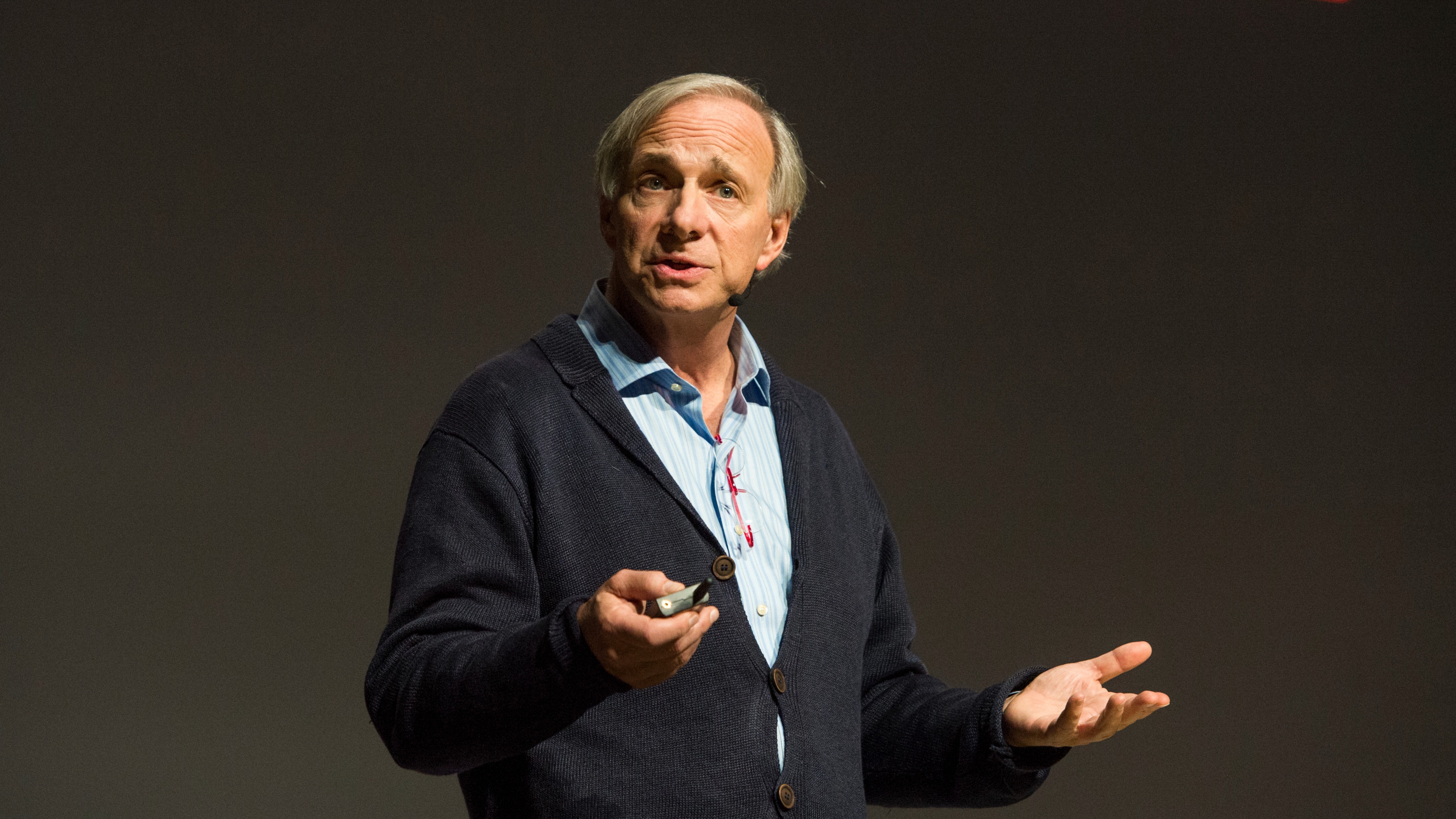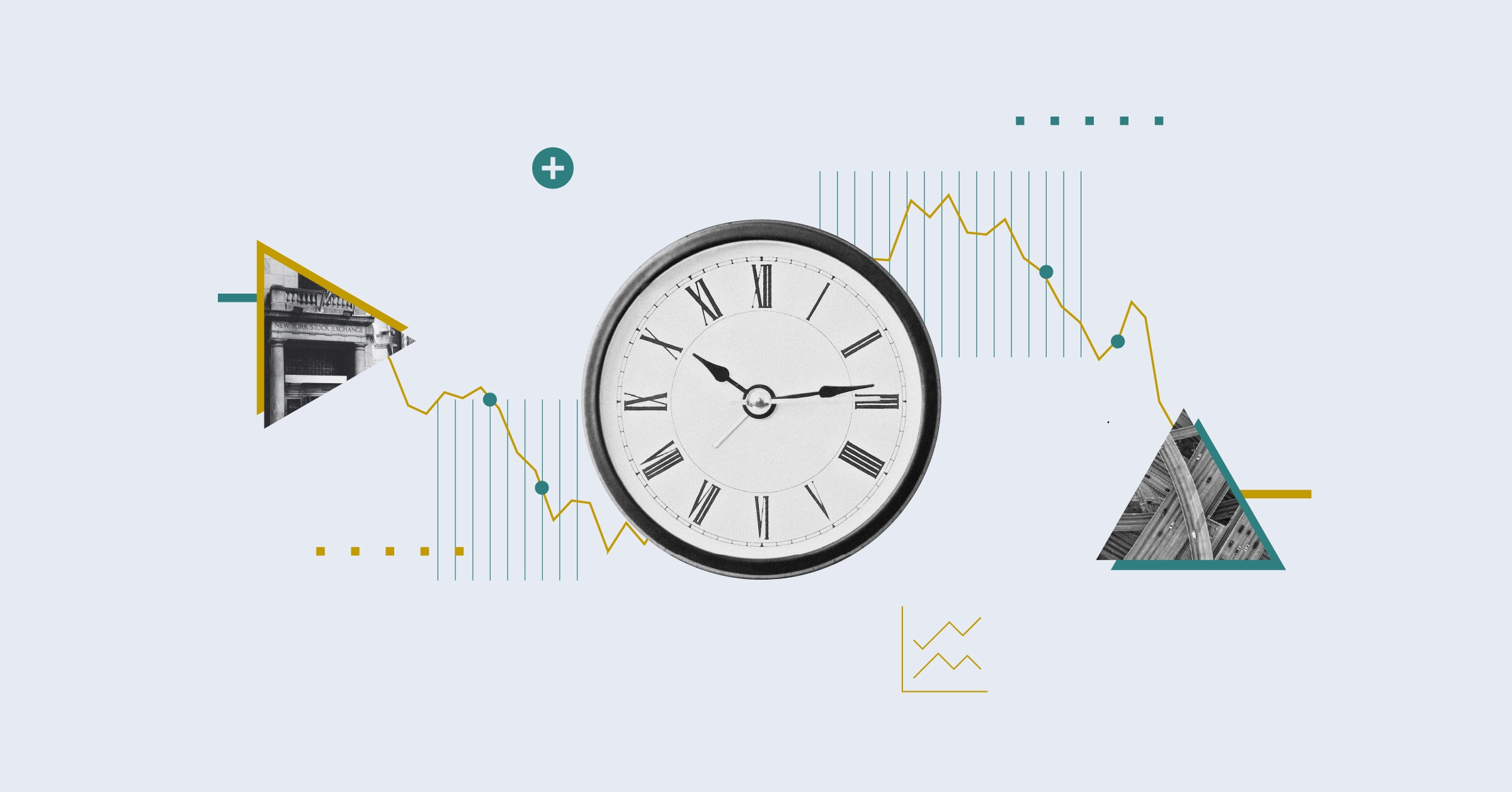
The Russian stock market and wider economy are inextricably linked to the oil price. Almost two-thirds of stocks in the MSCI Russia index are in the energy sector, meaning when oil weakens, so too do Russia stocks, and vice versa.
During the oil price crash in 2014-2016, Russian equities understandably went through a difficult period. From the start of 2014 through to the end of 2015, the price paid for a barrel of Brent crude oil slumped by two-thirds. In turn, the Morningstar Russia index, in US dollar terms, halved.
A turning point came in 2016, with the oil price beginning its recovery and Russia outperforming the wider emerging market composite, with Morningstar Russia up 52.5% in that year alone compared to Morningstar Emerging Market index which posted a 8% gain.
But the following year, in which pretty much every region posted big gains, Russia stagnated. Its index was up only 1.8%, the emerging market index rallied more than 30%.
Despite that – in fact, because of it – commentators, including those at Morningstar Investment Management, were extolling the virtues of investing in Russia, with valuations standing at attractive levels.
Of course, the year-to-date has been tough around the globe. And, while Russia is down 3.5% in the year to 17 December, it’s outperformed emerging markets overall which have lost 16%.
Beware the Risks
Clearly, the high-level overview to investing in the country is fraught with risks. Geo-politics seems set to influence sentiment for the foreseeable future. Sanctions already imposed upon it and its companies are unhelpful, and there are more to come in 2019.
But restrictions that would really hit Russia – those slapped on its hydrocarbon exports – are unlikely to be implemented due to Europe’s reliance on oil and gas derived from the region, say Hugh Bain and Chris Bannon, managers of the Pictet Russian Equities fund.
Bizarrely, the pair argue, the complete removal of sanctions would cause Russian institutions a bigger headache than the current restrictions do.
“Sanctions have paradoxically helped keep the government’s budget in surplus by keeping the rouble weak, because its expenditures are in the depressed local currency while revenues are in hard currency,” they say.
“Easing of sanctions could lead to a significant appreciation of the rouble – which is the opposite of what Russian policy makers want.”
Elsewhere, its conflict with Ukraine, involvement in Syria, the Skripal poisoning and allegations of election meddling in the US haven’t helped. But there are causes to hope some of these factors dissipate, while Bain and Bannon don’t think the Ukraine conflict will have an impact on economic or corporate fundamentals.
Over-Reliance on Oil
Ever since bottoming out at around $30 per barrel in early 2016, the oil price recovery has been a tailwind for Russia’s producers. But since reaching a four-year high at $85, that trend has been reversing and it’s back below $60 today.
However, oil watchers seem convinced this isn’t the long-term direction of travel. Richard Robinson, manager of the Ashburton Global Energy fund, expects a return to $70-80 oil in due course.
Nick Price, manager of the Morningstar Silver Rated Fidelity Emerging Markets fund, is also positive on the oil price, expecting it to be well contained between a range of $60-80 in the medium term. The data suggest the deficit in oil supply that will persist through 2019 should turn into a surplus by 2020 as US infrastructure constraints dissipate.
But, while oil is clearly key to Russian equities in the short term, Matthias Siller, manager of Baring Emerging Europe (BEE), says the longer-term story is one of a transition away from relying on energy.
For years, he says, a boom in the energy sector led to a disproportionate amount of investment there, and not enough cash going into other areas. As a result, the Russian economy became unbalanced, the natural resources sector grew too quickly and had to correct painfully when the oil price slumped.
Now, it has realised that “it needs to wean itself off oil prices”, and is hoping to broaden its market through initiatives aimed at moving investment towards areas like technology, infrastructure and agriculture.
In the latter area, Siller says Russia has been “a bit of a joke” previously, but seems to be getting its act together. For example, Russia used to be the largest importer of pork globally; now, it’s self-sufficient in pork and has gone from the most expensive place in the world to rear pork to the cheapest.
In fact, agriculture and defence were the only sectors that did not go through a recession when the oil price halved.
Still, energy still remains key, and Siller notes that the reason Russia has held up so well in 2018 is because of the substantial outperformance of commodity-related stocks.
As a comparison with global peers, he notes that every stock in the S&P 500’s energy sub-sector trades at or around its 52-week low. “The situation could not be more different” for Russian energy stocks, he counters, with performance levels between 10-405 in US dollar terms.
Despite that, says Price, Russian oil stocks continue to trade at depressed levels when compared with large-cap developed market peers. Russian major Lukoil (LKOH) generates 50% higher free cash flow and have double the reserves than both BP and Shell, yet its price/earnings multiples is 50% lower.
Price also likes state-owned bank Sberbank (SBER), which he calls an “oil-related financial”. It yields more than 11%, and Price says that “the way in which it’s de-rated relative to its earnings is extreme”. It remains “extremely attractive”, he adds.
On a broader market view, Bain and Bannon note that Russian equities pay a yield of around 7% in dividends, compared to 3% on offer from the wider emerging market universe. “This is a historically high premium.”
They also note that sanctions have curtailed the big exporters’ capex programmes, allowing them to focus on distribution policies that are “highly favourable to minority shareholders”. Meanwhile, many its domestic firms are “great businesses with solid fundamentals”, yet are trading at near-distressed valuations.
“It’s a dangerous forecast to make,” the managers conclude, “but 2019 could well see fewer negative headlines about Russia, allowing investors to instead focus on the country’s attractive fundamentals. When this does happen, we believe a re-rating will be inevitable.”






























